What is the Piast Route?
The Piast Route is the oldest cultural tourism trail in Poland, consisting of a wealth of medieval strongholds, churches and ruins of majestic stone and wood, each offering a glimpse into the days of early Poland. Traced through the region of Greater Poland (PL: Wielkopolska), the cradle of the Polish state, the Piast Route follows the well-trodden path of kings and armies, traders and religious missionaries, all of whom began the earliest chapter of the country's dynamic history. The majority of these sites echo the days of the Piast dynasty, from a stunning 10th-century cathedral in Poznań to the fantastically-recreated fortifications at Pobiedziska, Kalisz, and Biskupin, the open-air museum of Ostrów Lednicki, all with the stunning geographical backdrop of the Greater Poland countryside. The route has two directions - north-south (from Wągrowiec to Kalisz) and east-west (from Kowal to Lubiń) - with both intersecting in Gniezno, the legendary first capital of Poland!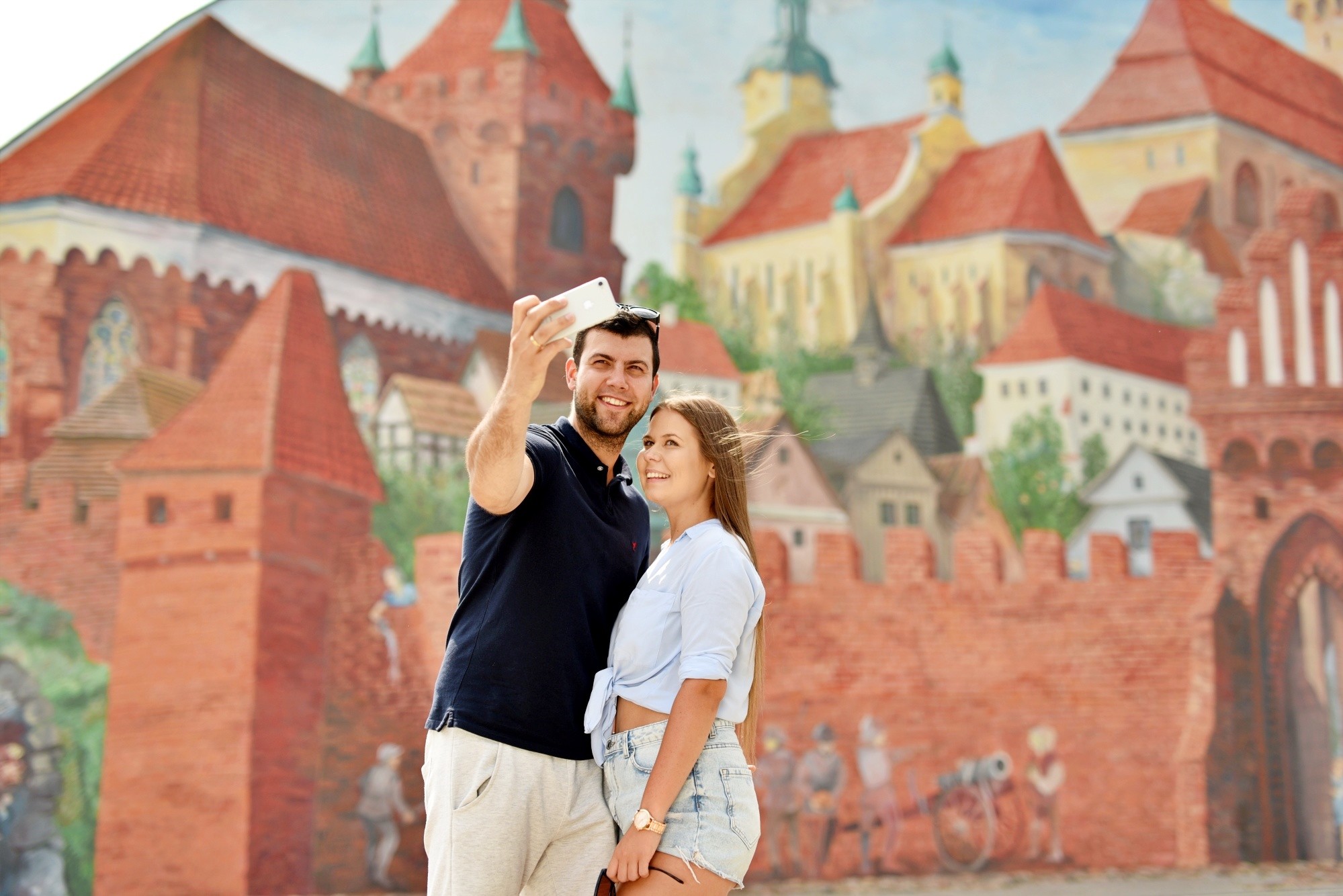
The Piast Route consists of around 33 different towns across the Greater Poland region and in neighbouring regions. Many are accompanied by exceptionally-curated museums and sites with living historians, both of which help to bring the past back to life and makes history accessible for all ages. The Piast Route is primarily a car route, however, it is possible to travel between some sites by train, in addition to cycling routes and even by boat! Your adventure around Greater Poland can be enjoyed in parallel with numerous other regional activities - boating on the Great Waterway Loop of Wielkopolska, getting amongst nature with an active mindset, and a tonne of things to do with children.
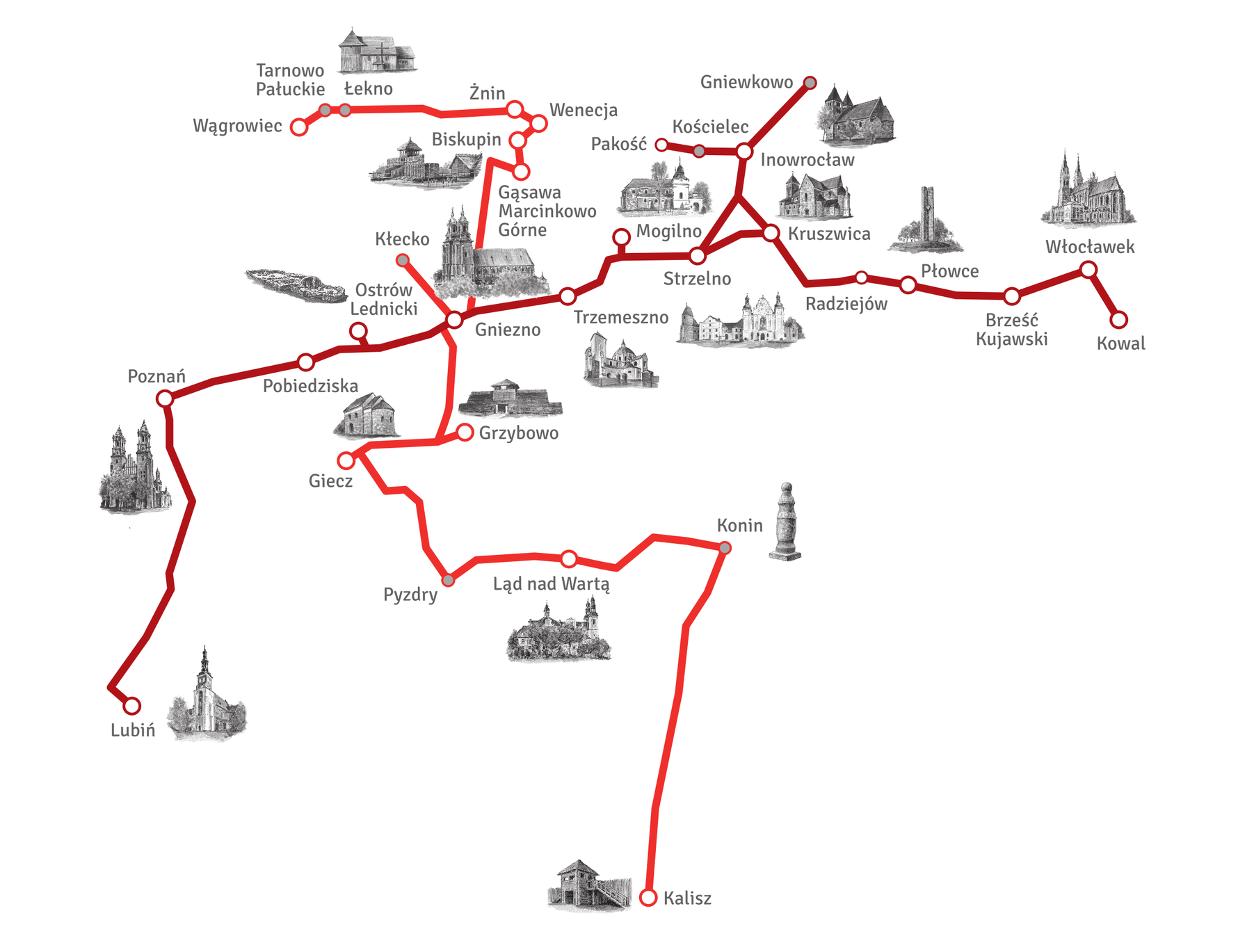
Who were the Piasts?
The Piasts were Poland's first ruling dynasty, reigning over Polish territory (largely centred on what is now the region of Greater Poland) from the late 10th century until the latter half of the 14th century. The Polish state was founded in 960CE, when Piast ruler Duke Mieszko I converted to Christianity and subsequently 'christened' the lands of western Slavic tribes that he presided over. Mieszko's acceptance of Christianity was a condition of marriage to Princess Dąbrówka of Bohemia (now part of Czech Republic), which would allow him to form an alliance, consolidate power in the region as well as gain acceptance in the eyes of Western Europe.
The Piast's centre of operations was the stronghold of Gniezno, which would be the site of every major coronation until the dynasty's end in the 14th century. In 999CE, Mieszko I's successor, Bolesław I the Brave, established Gniezno as an archbishopric (in other words, an office of an archbishop). The following year in 1000, the most well-known of the Zjazd Gnieźnieński (ENG: Congress of Gniezno) took place, which was specially attended by the Holy Roman Emperor Otto III. Bolesław I and his neighbour are believed to have first officially met on the island stronghold of Ostrów Lednicki and are described by historians as having a particularly close relationship. Piast relations would be even further-reaching in the early 11th century, with Bolesław I briefly marrying into the Hungarian royal family, and the daughter produced from his third wife, Emnilda, marrying into the Rurik dynasty of the Kievan Rus. Even more remarkable, however, is the legacy of Świętosława (also known to history as Sigrid or Gunhild), the sister Bolesław I who was married to two different Scandinavian monarchs - Eric the Victorious of Sweden and Sweyn Forkbeard of Denmark. The latter marriage produced two sons, Harald and Cnut, the future kings of Denmark. Cnut would also become the King of England in 1016!
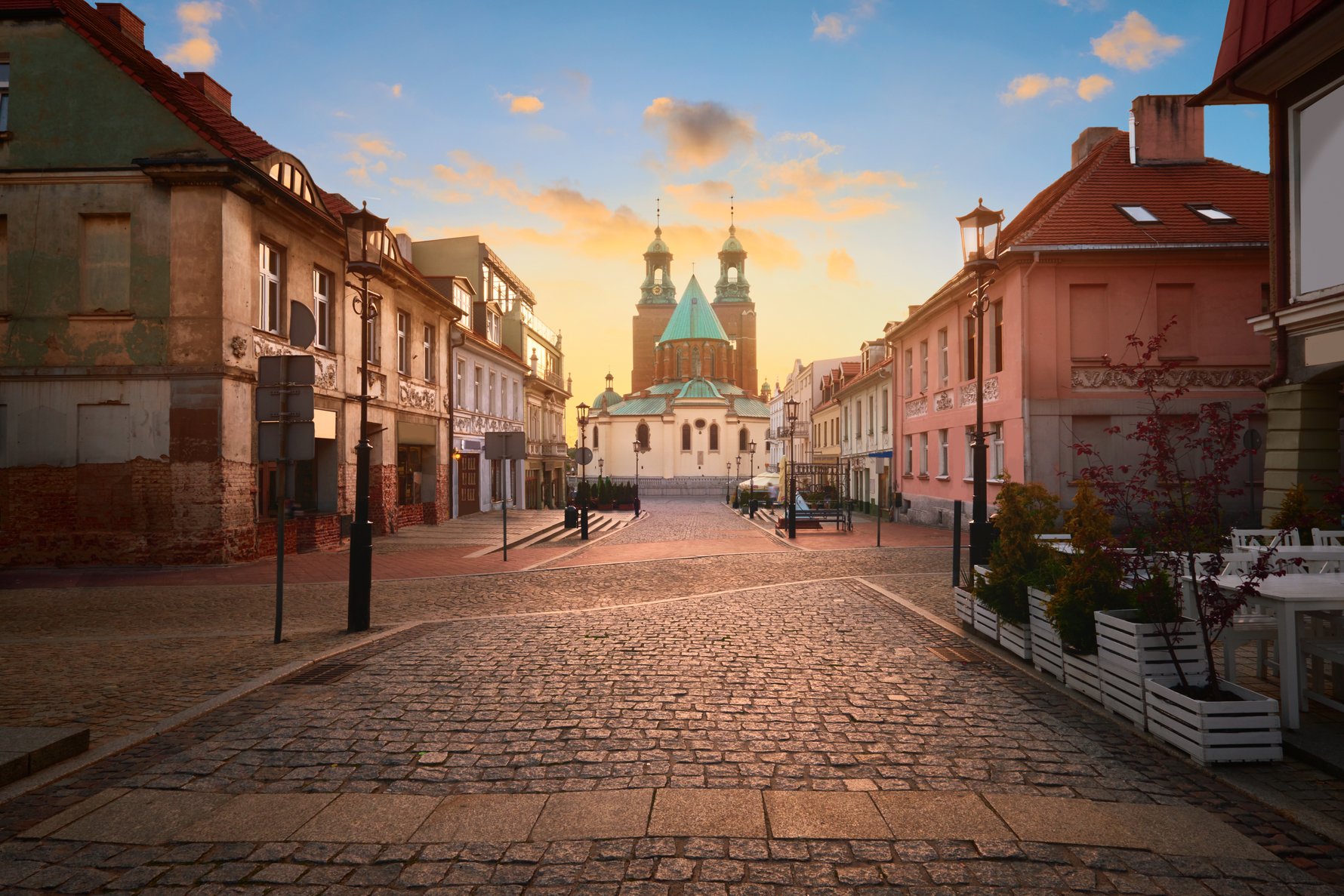
After successfully expanding into surrounding territories, the victorious reign of King Bolesław I the Brave ended with his death in 1025. In stark contrast, his son and successor, Mieszko II Lambert, would be forced into exile in 1031, leaving Poland to fall into chaos. The pagan peasantry revolted against the Christian establishment in a period known as the Pagan Reaction, and the kingdom would be further weakened by the invasion of Bohemian forces in 1038, during which the established strongholds of Giecz and Grzybowo saw a significant amount of action. After more than 8 years of vacancy, the Polish throne was taken by the exiled prince Casimir I (or Kazimierz), who would earn the title 'The Restorer' after successfully unifying the broken country.
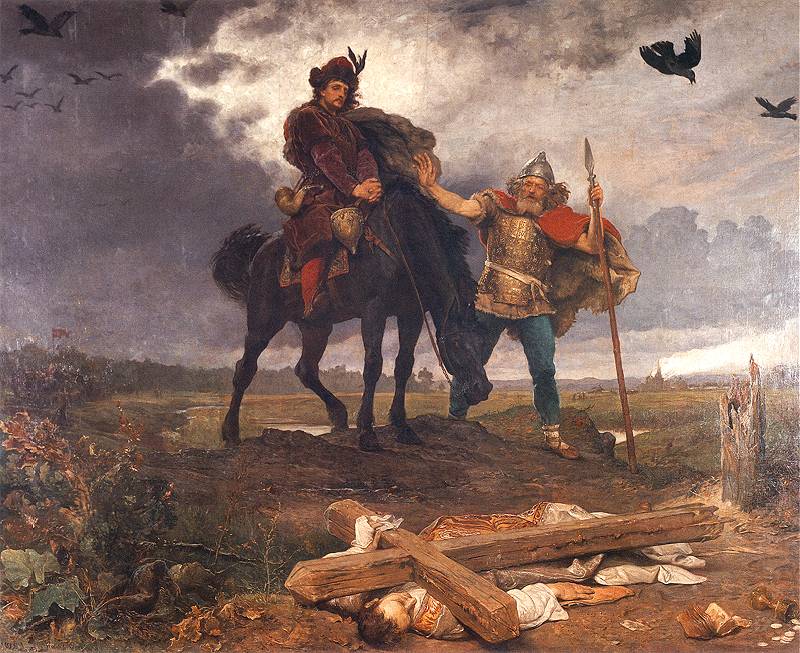
With the dynasty's legacy secured after less than a century of tumultuous rule, the Piasts would continue to reign for another 330 years. Their centre of power would shift to the burgeoning southern trade centre of Kraków in 1038, with Gniezno remaining as the nation's 'ecclesiastical' capital even to this day. A century later, the reign of Duke Bolesław III the Wrymouth would see Poland fractured again, this time being divided amongst his seven sons. The High Dukes of Poland, as they were later known, would fight amongst each other for the next 200 years, and each of the seven 'provinces' developing individually. Within Greater Poland, there was even more division, with Kalisz, Gniezno and Poznań, separating into their own duchies. Contending with increasing Germanisation from the west, the emergence of the Teutonic State, and nearly being invaded by the Mongols, the Polish provinces survived the 12th and 13th centuries, with King Władysław I Łokietek (ENG: the Elbow-high) ultimately unifying the divided kingdom in 1320. The Polish church is also credited in playing a key role, with its expansion across all the regions and the construction of numerous institutions, such as the beautifully-frescoed Ląd Abbey and the Romanesque church in Kruszwica being built.
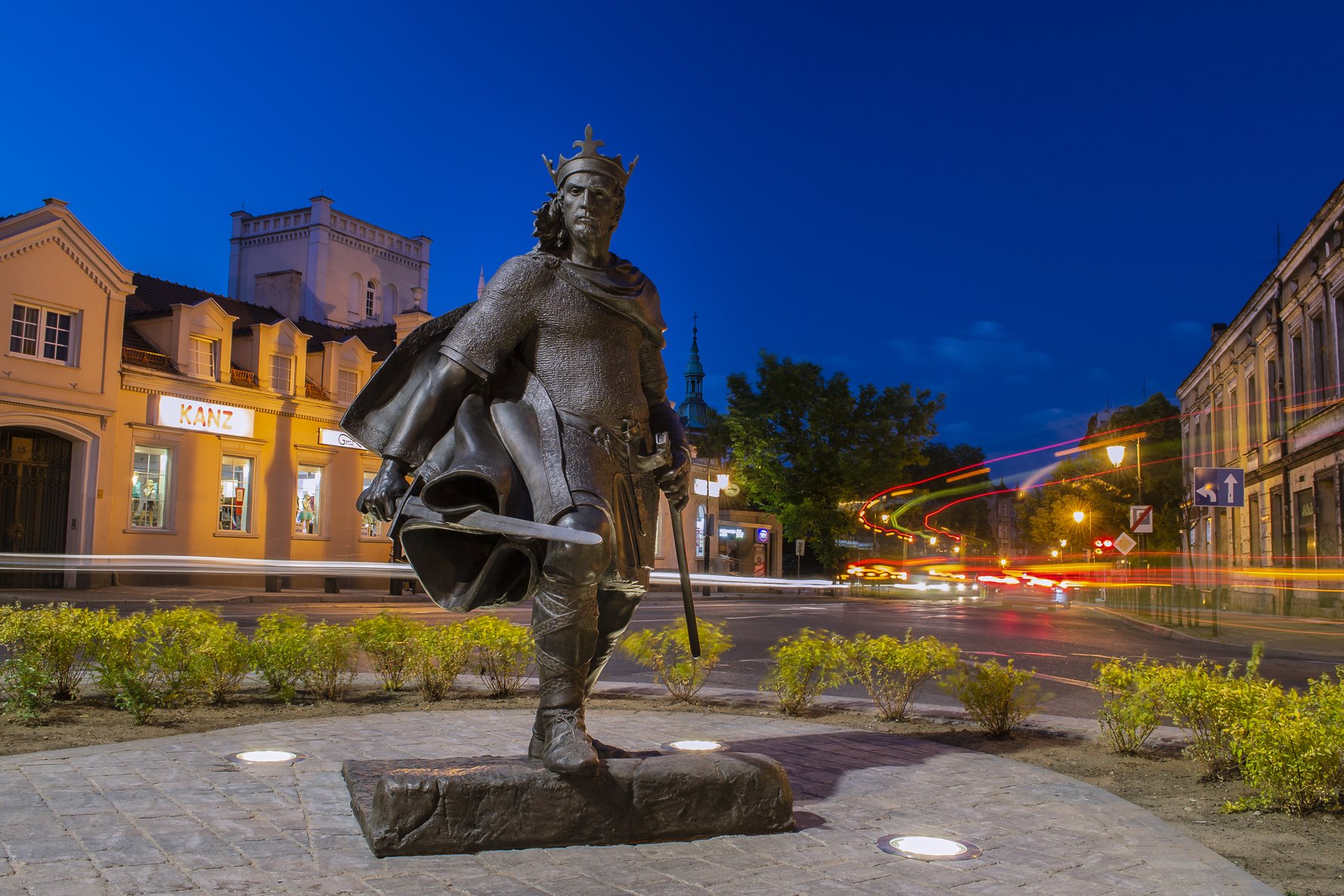
The re-united kingdom of Poland saw Casimir III the Great (PL: Kazimierz III Wielki) succeed the throne, with a long list of achievements owing to his name. He expanded Polish territories, reformed the Polish judicial system, and welcomed the persecuted Jews of Europe into his domain. He built castles and fortified cities, the legacy of which are still visible in sites such as Pyzdry, Żnin, and Kruszwica. In one of his final acts of greatness, Casimir III would establish Poland's first-ever university in Kraków in 1364. 6 years later, having only produced daughters in 4 different wives, Casimir III the Great died without an heir, effectively bringing the Piast dynasty to an end in 1370.
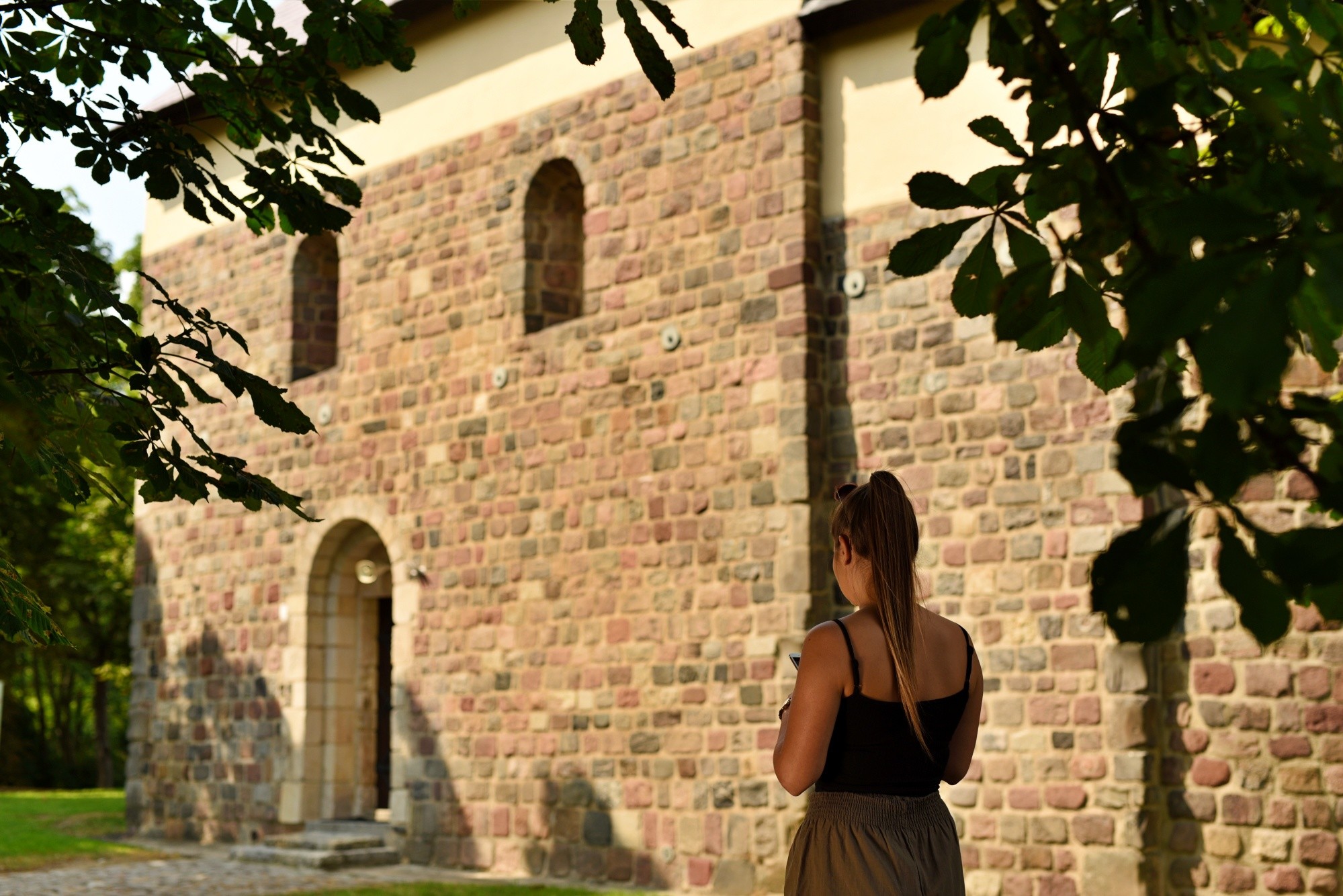
While various female descendants would find themselves swept up by future Polish kings and the rulers of surrounding powers, the legacy of the Piasts would live on in legendary status in Poland, having well-and-truly gone out on a high and easily tapping into the patriotic spirit with an almost fairytale medieval romanticism. The likes of Mieszko, Bolesław and Casimir can be found in classic works literature, song, art and film. Poles handle the faces of kings on a daily basis, as banknotes are exchanged for everyday items, and Google Maps deals with a million daily queries that give directions to streets and parks that exude the namesakes of Piast royalty. Thus, in Greater Poland, the Piast Trail is an important part of domestic tourism, and the calibre of sights and sounds to be experienced is being discovered by visitors from abroad as well!
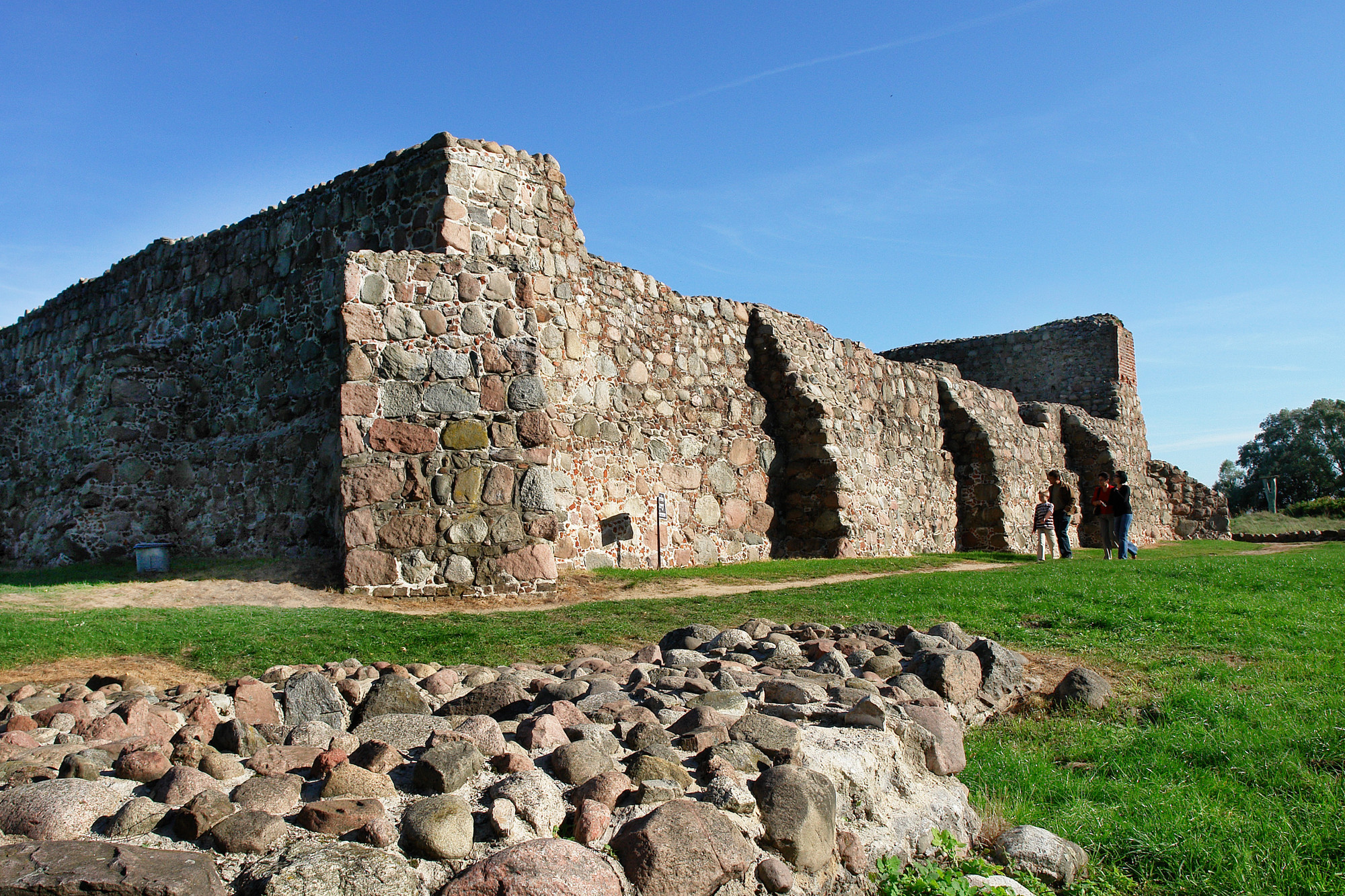
What to see on the Piast Route?
With most visitors flocking to the modern regional capital of Poznań, beginning your tour of the Piast trail at the crossroads of Gniezno is an ideal place to start. In what is considered to be the first capital of Poland, the major site on the city's skyline is the Cathedral of the Assumption of the Blessed Virgin Mary. The cathedral doors, also famously known as the 'Gniezno Doors', are regarded as the most valuable monument of Romanesque art in Poland. The bronze relief upon them depicts the martyring of St. Adelbert, who is also entombed inside. Nearby is the Franciscan Monastery with the reliquary of Blessed Jolenta, the grandmother of Casimir III the Great. Around the city's charming old centre, the Royal Route can be followed past numerous models of Gniezno's development and a series of epic statues depicting each of the legendary Piast kings. Additionally, families will always gain a lot from Museum of the Origins of the Polish State.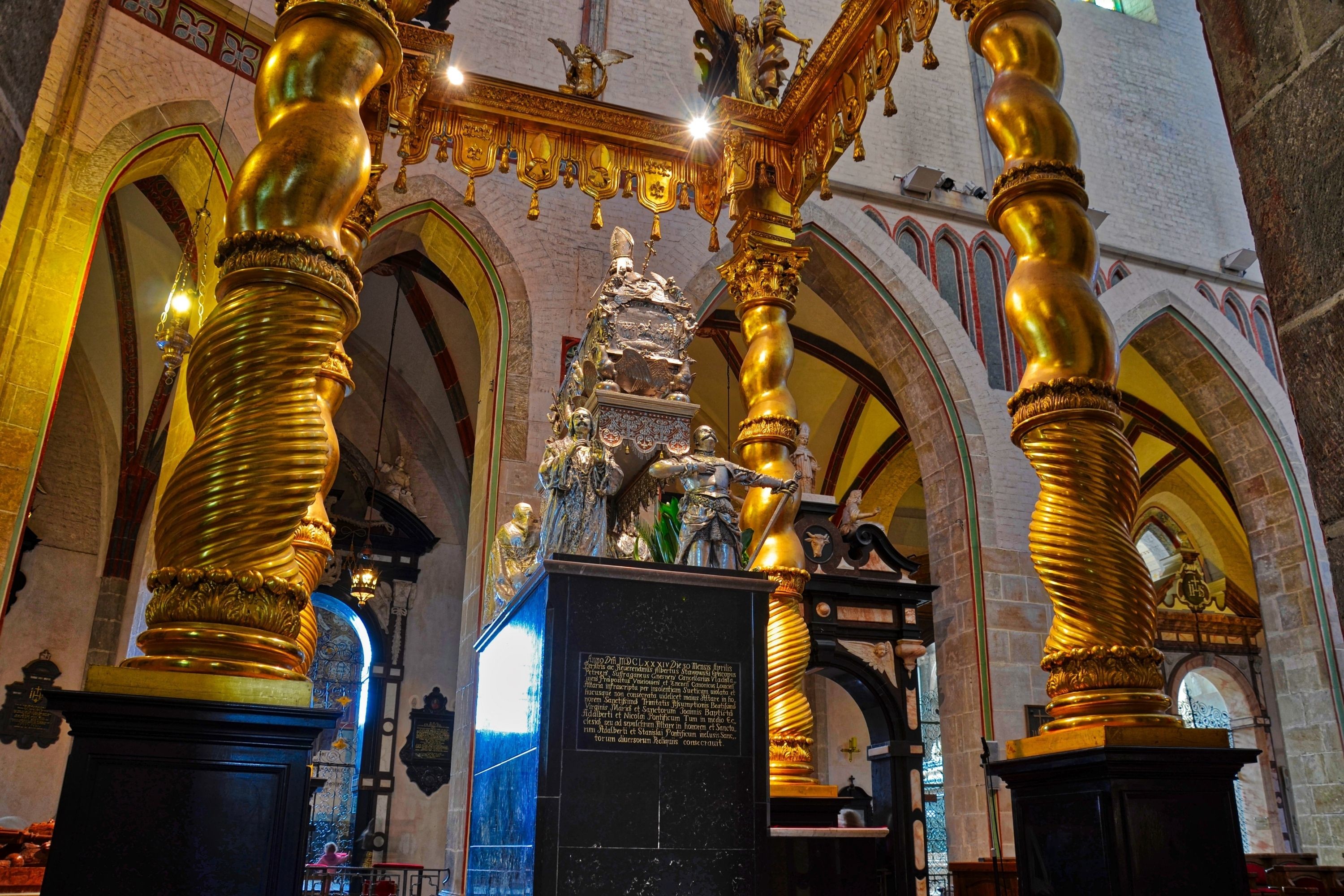
Halfway between Poznań and Gniezno is Ostrów Lednicki in Dziekanowice. Often called the 'Island of Rulers', one of the most important strongholds of the early Piast period was constructed here, with historians having good reason to believe that Mieszko I spent a good amount of time there! Located on an island in the middle of Lake Lednica, it was once connected to the mainland by a pair of oak-log bridges. Ruins of the fortifications, a chapel, a church and a palace can be seen as part of the open-air museum that now preserves the site. On the eastern bank, however, is the Museum of First Piasts, which plenty, with archaeological evidence showing that Ostrów Lednicki saw action against the Bohemians in the 11th century. The museum also owns two other sites from that period: the Piast fortifications in Giecz and Grzybowo, both about 35km south and south-east.
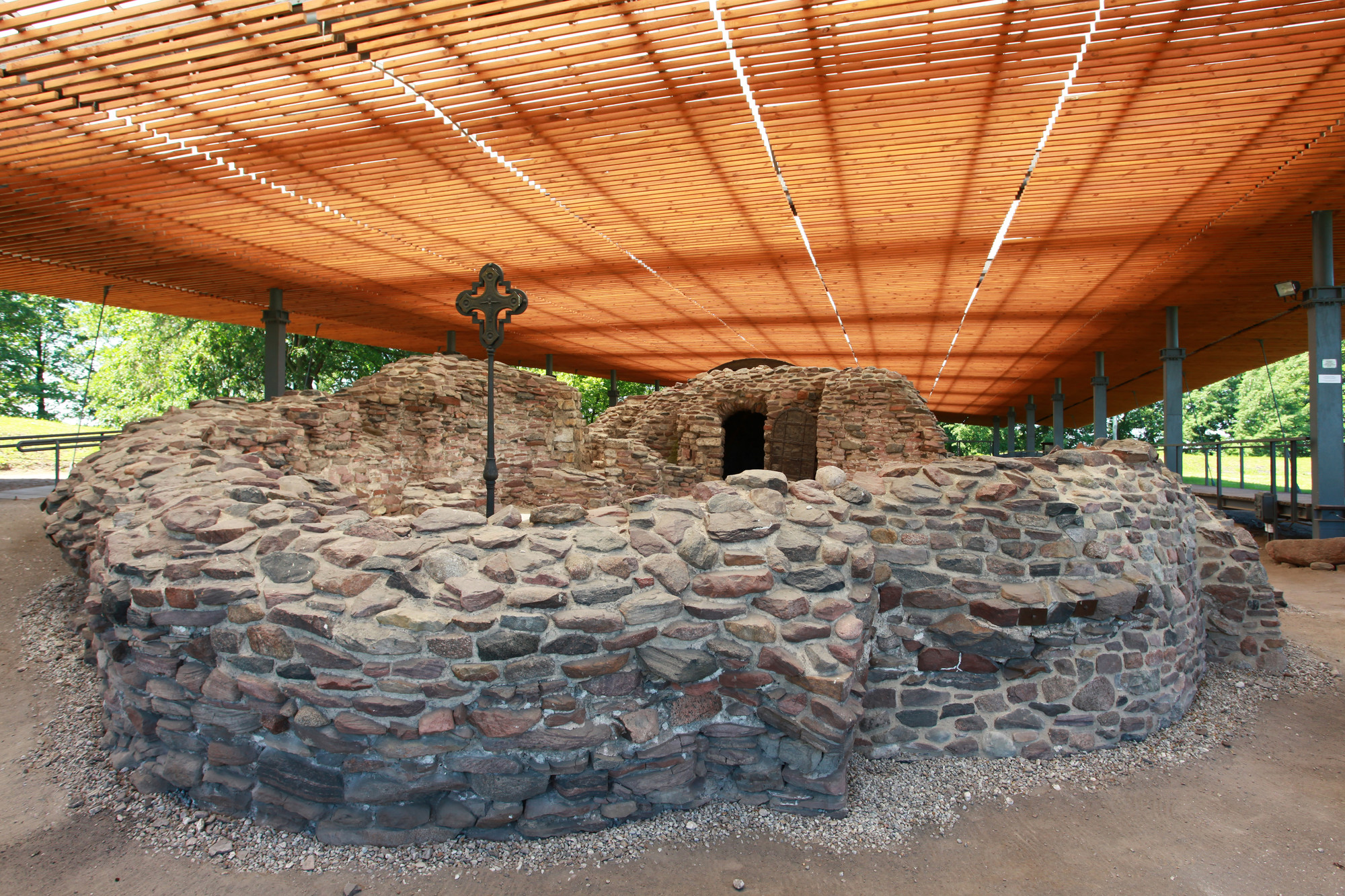
Another fantastic reconstruction with plenty of active history going on is the fort at Pobiedziska, where, from May to November, visitors can get their hands on some old-school war technology. Under the watchful eye of the fort commandant, you have the opportunity to load and shoot various pieces of siege equipment, including a catapult, a trebuchet and a powerful shaft crossbow! You can interact with other medieval weaponry and witness the recreation of other aspects of life during the Piast era. Next door is another site, which is equally popular with children - the Pobiedziska Miniature Open Air Museum features 1:20-scale models of numerous buildings from around Greater Poland, including key sites on the Piast trail - Biskupin, Gniezno Cathedral, the palace on Ostrów Lednicki and the Romanesque church in Giecz! Visitors can also see an exhibition of wooden sculptures of figures associated with Slavic mythology.
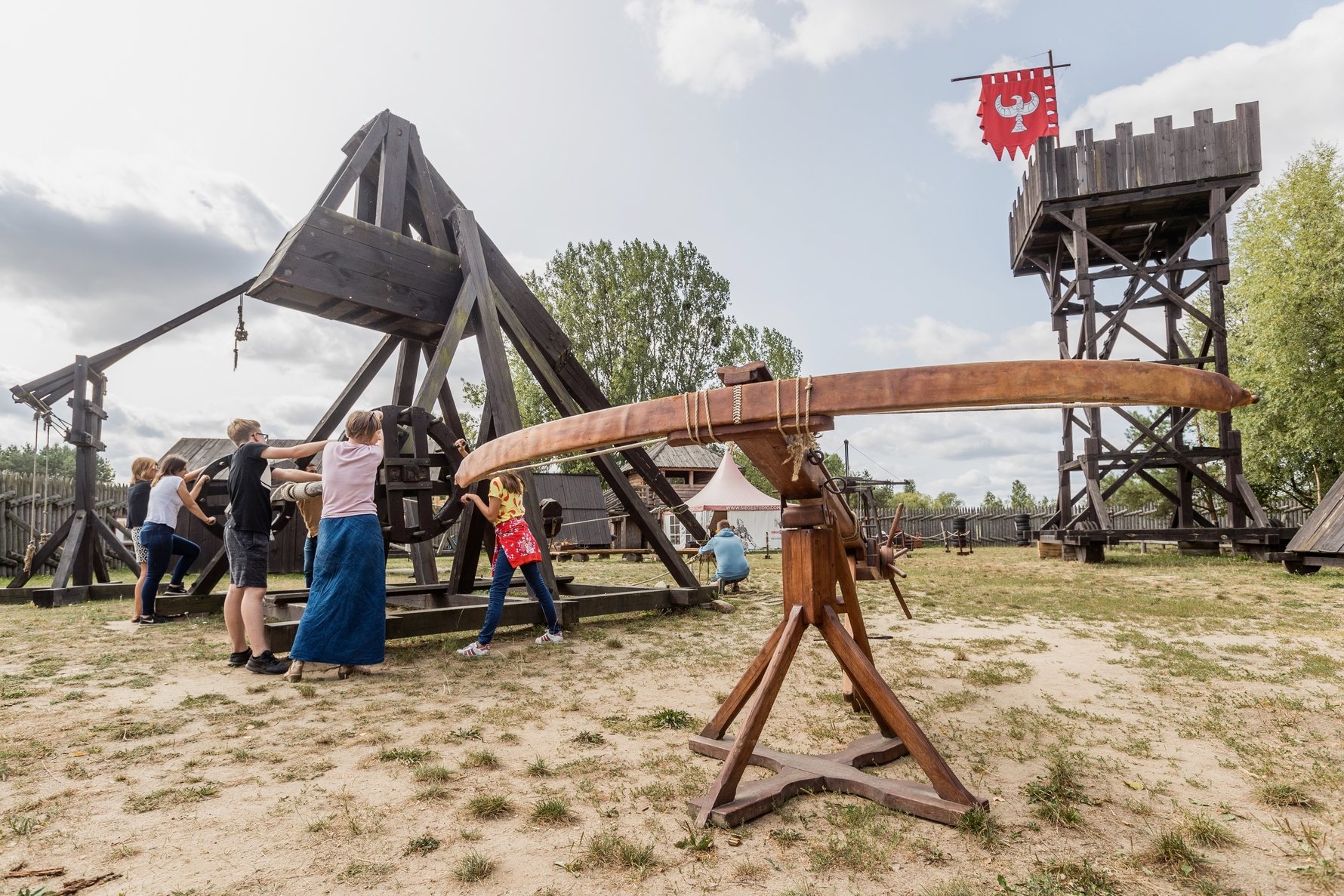
Heading further west, you will reach Poznań, the picturesque capital of the Greater Poland region and one of Poland's largest cities. While there are a tonne of things to do here, the most important site associated with Piast Route is Poznań Cathedral, the oldest in the country and formerly the seat of Jordan, Poland's first bishop. It later became the necropolis of the Piast rulers, interring all the greats from Mieszko I to Przemysł II. Perhaps more impressive is the ultra-modern building that bridges across the river - Porta Posnania is an interactive museum that uses state-of-the-art multimedia and light displays to convey the story of the Piast dynasty, as well a history of Poznan's Ostrow Tumski, where the cathedral is located.
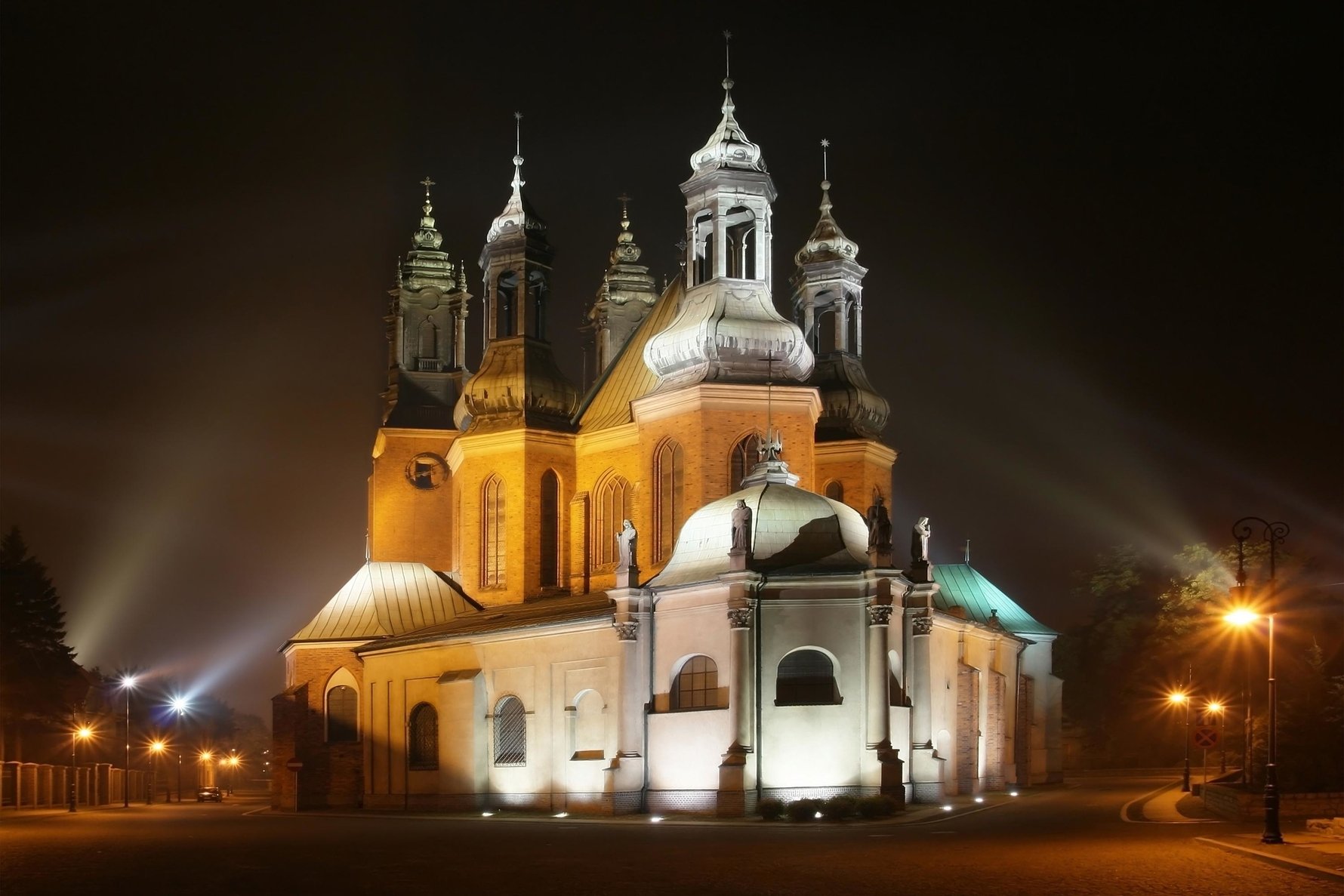
Elsewhere in Poznań are numerous other churches associated with the Piasts, most notably the Church of St. John of Jerusalem Outside the Walls. Poznań is also home to the recently-reconstructed Royal Castle, whose resident Piast was Duke Przemysł I. While his name doesn't ring as strongly as others in the dynasty, it was Przemysł I's personal crest, the white-crowned eagle, that became the symbol of all Poland! History aside, the castle offers a great viewpoint of the city!
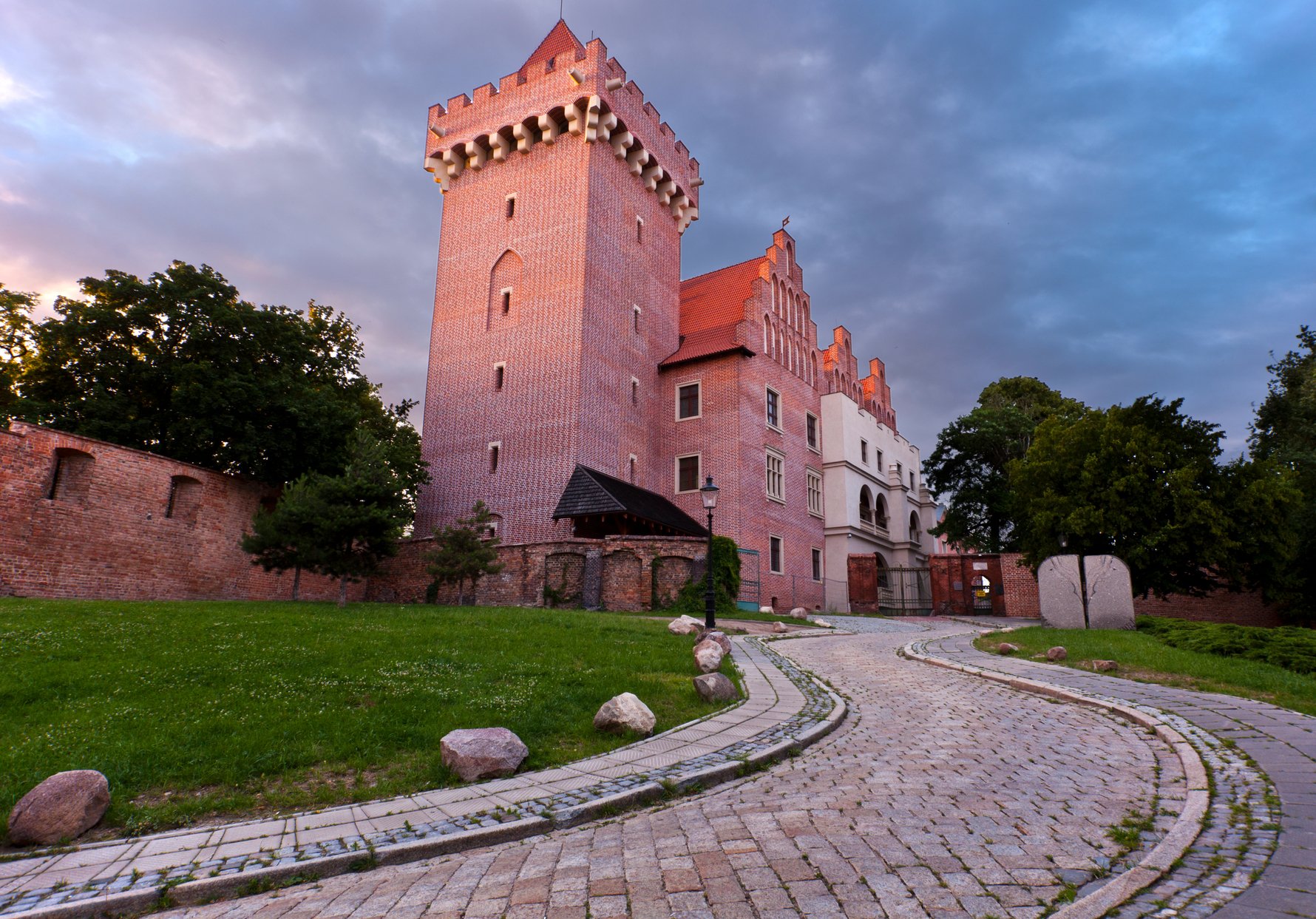
Ląd Abbey, also known as the Monastery at Ląd Nad Wartą was first built in 12th century by Prince Mieszko III the Old on behald of the Cistercian order in Łekno. In the mid-14th century, the site was expanded in the Gothic style, whilst the 18th century saw commissioned works by the famous Italian architect Pompeo Ferrrari. The monumental dome his work is considered his most important contribution. Beautiful frescoes and stuccos can be viewn here, with the oratory of St. James the Apostle featuring preserved polychrome that dates back to 1370!
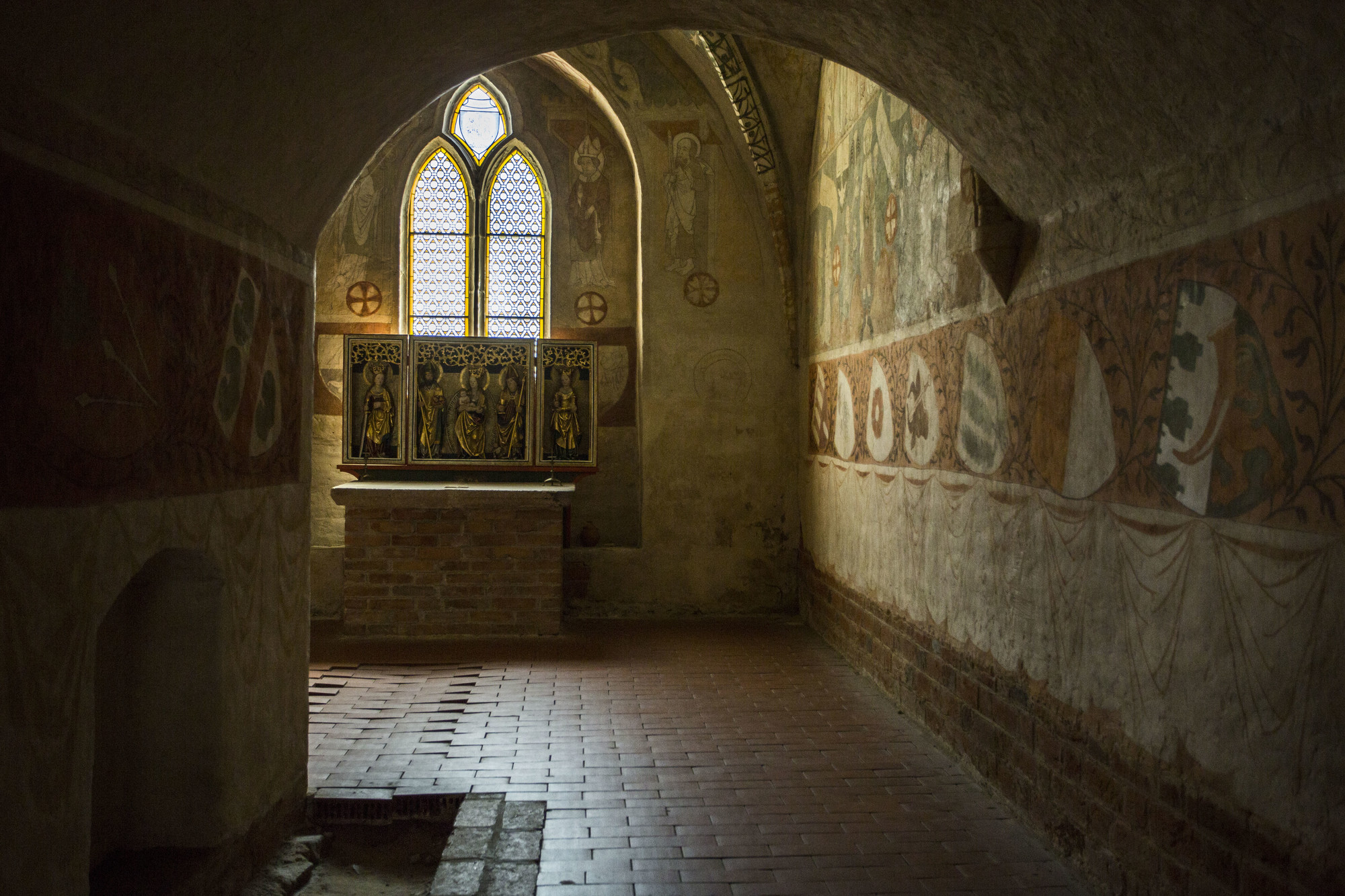
One of the earliest legends to come out of Poland is associated with the town of Kruszwica and its so-called Mysia Wieża (ENG: Mice Tower). Prince Popiel, the last ruler of the mythical 9th/10th-century Popielid dynasty, fell out of favour with his subjects and had his 12 uncles poisoned after they conspired to depose him. The hordes of mice that were attracted by the dead corpses are said to have surrounded the tower that Popiel and his wife had retreated to and ate them both alive! After the Popelids' demise, it's alleged that 'Piast the Wheelright' took over as ruler of the region, thus beginning the Piast dynasty and making Kruszwica their pre-Gniezno centre of operations. The mice legend may help to sell tickets, though in actual fact, the lakeside tower that is found there was built by Casimir III the Great as part of a castle complex in the early 14th century. If historical accuracy doesn't interest you, however, you will certainly enjoy the panorama of Lake Gopło from up top. Those who do appreciate the rawness of history are advised to visit the 12th-century Collegiate church, which is one of the best-preserved examples of Romanesque architecture in Poland. Lake Gopło is a popular place for motorboats and kayaks, and is a key point on the Great Waterway Loop of Wielkopolska.
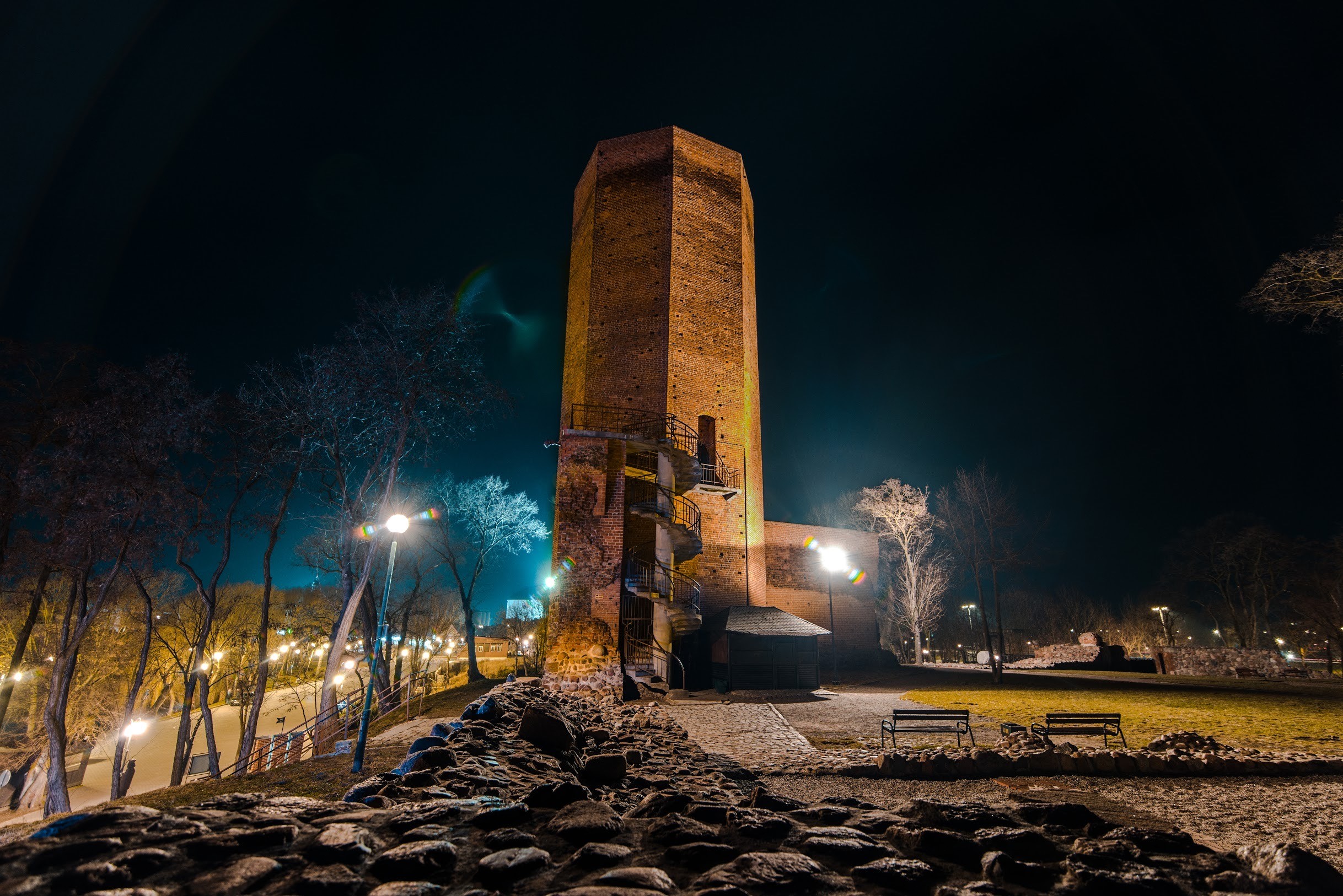
One of the most famous archaeological sites in Poland, Biskupin is a Late Bronze Age fortified settlement that was discovered in 1933. Anyone who knows anything about history knows that the 'Late Bronze Age' and the 10th-14th centuries CE don't exactly match up, though many Poles tend to associate the fantastically-reconstructed site with the early days of the Polish state. It is, however, a fantastic open-air museum that features one recreation of a Piast-era building, which is reason enough to be included on the Piast Route! It's also another spot to catch medieval reenactors bringing the spirit of the times back to life!
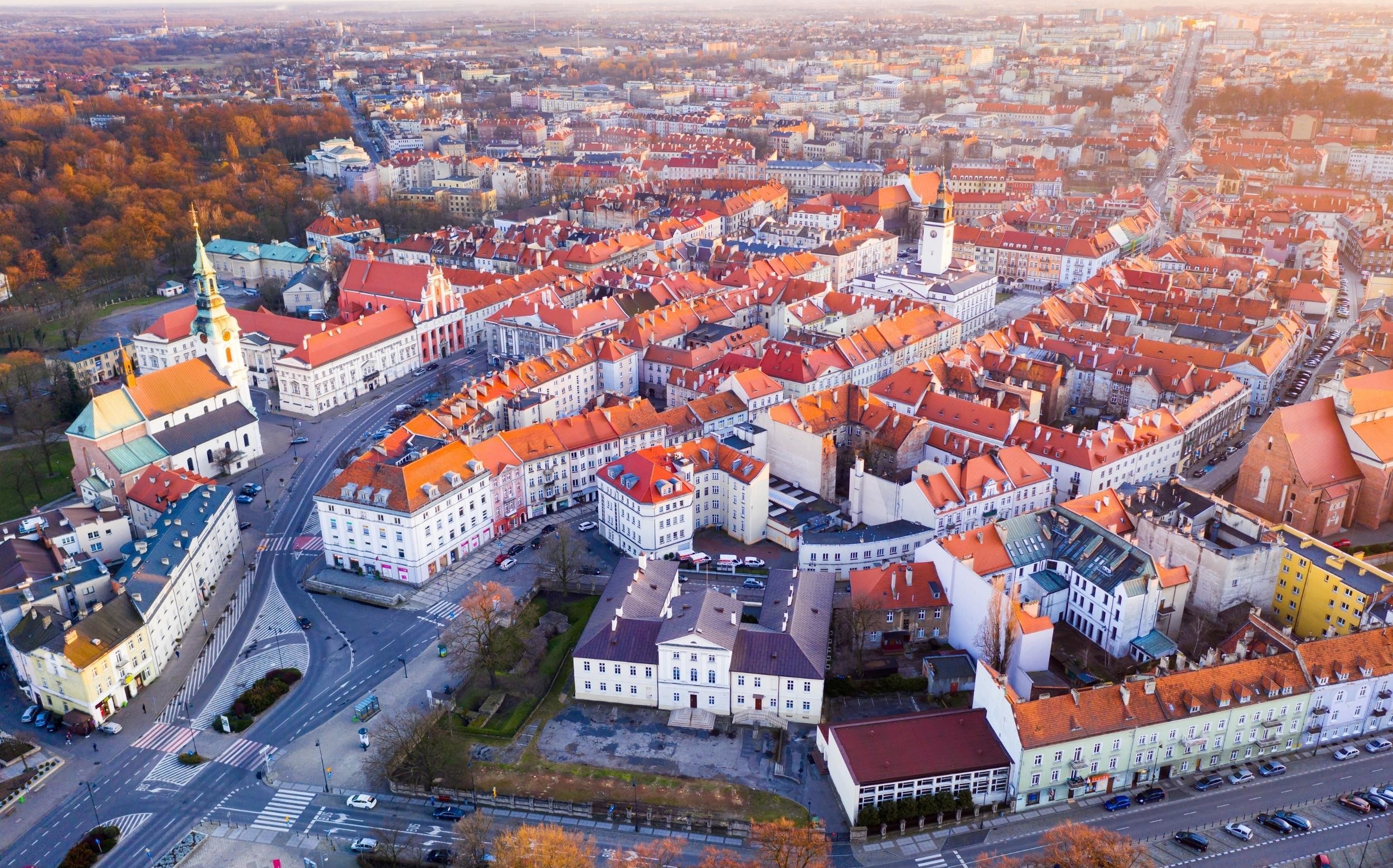
What's happening on the Piast Route?
In addition to all the wonderful historic sites and museums, the Piast Route also features more than a dozen annual events that bring history to life and can be experienced by visitors throughout the year. Around the time of Saint John's Eve in June, numerous activities and attractions of varying sizes are specially located at almost every point on the map. Towards the end of July, a visit to Gniezno is highly recommended in order to witness the Royal Coronation, a festival which reenacts Piast coronations at the base of the Gniezno Cathedral, as well as a medieval fair, performances and parades. In a similar fashion, August sees several hundred reenactors descend on Grzybowo for the annual Grzybowo Tournament. A large camp is set up in and around the reconstructed fort where you can experience medieval crafts and trades, and, as the name would suggest, medieval combat shows are put on periodically, with a huge battle as the grand finale. An event of similar size and gusto, Archaeological Festival, also takes place at Biskupin. The mystical world of pagan beliefs is brought to life in the old fortifications of Giecz, with special celebrations taking place during Dziady in November. Here you witness the pre-Christian funeral rites and experience the world of myths and legends of Poland's pagan ancestors.
How to travel on the Piast Route?
Following the Piast Route is can be done in several ways, whether you have a set of your own wheels, using regional transport, and/or have children in tow. Accessibility, signage, and brochures are all highly-supported in English, which means you will never feel lost or out of place along the way. You may have time to see every site, or you may only be able to make it to a few key sections, and your means of transport with have an effect on that decision. As mentioned earlier, the trail has two directions - north-south (from Wągrowiec to Kalisz) and east-west (from Kowal to Lubiń) - with both intersecting in Gniezno. In total, the Piast Route is more than 600 km in length. It is highly recommended to travel along the Piast Route from spring to late autumn, due to the ideal seasonal conditions, as well as avoiding the winter-time conservation works that many of these historic sites must undergo!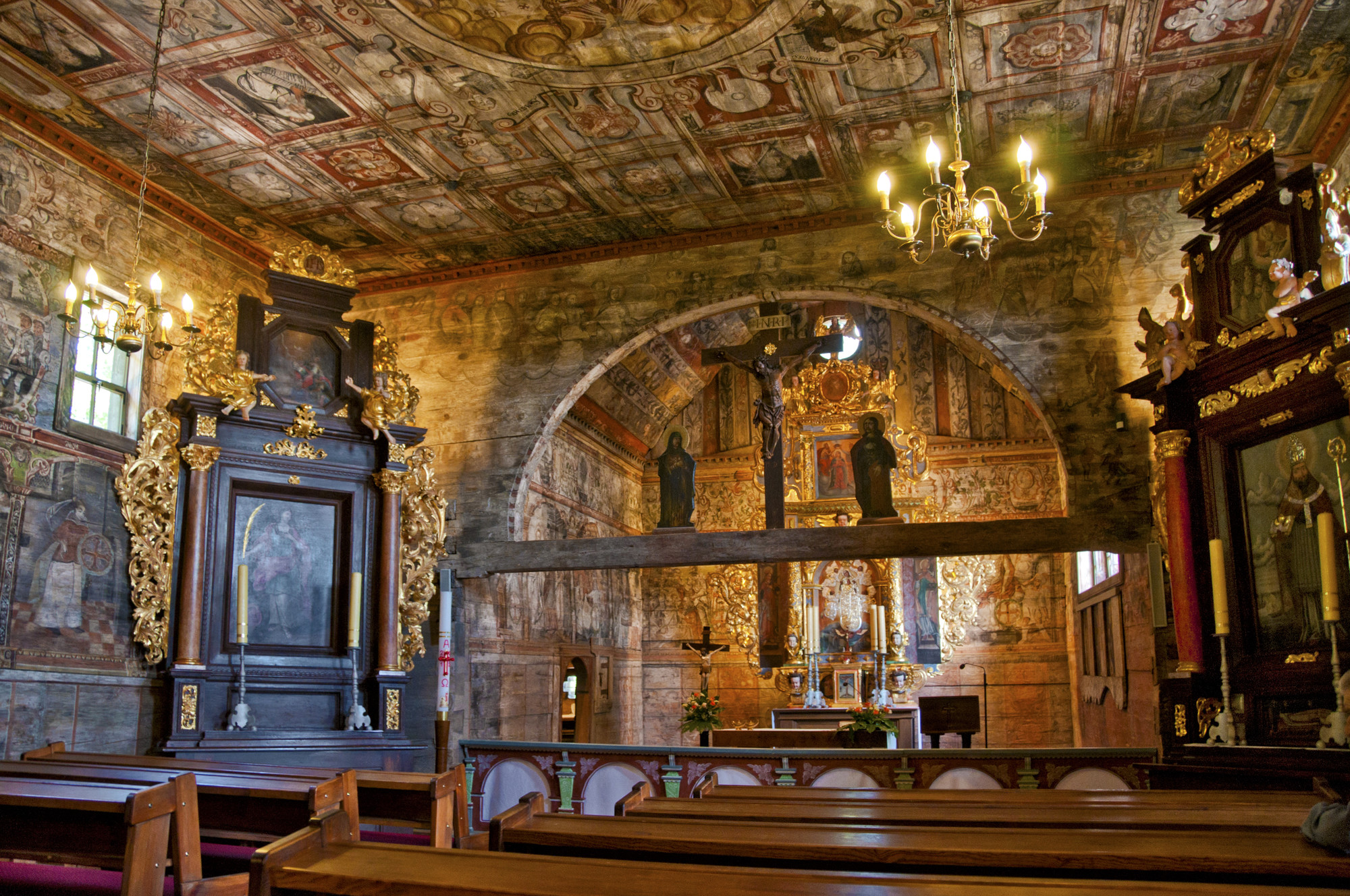
With all the sights, cities and towns interconnected by road, the Piast Route is primarily a car route, and having your own car is the quickest and most-flexible way to get between sights. Those with more time on their hands and a reasonable amount of physical stamina are encouraged to do the Piast Route by bike, with a marked cycling route from Poznan through Gniezno to Trzemeszno that totals around 100 km. Geographically, the Greater Poland region is relatively flat, so there's no huge challenge for part-time cyclists! Following the Piast Route by train is possible along one section: Wągrowiec - Poznań - Gniezno - Trzemeszno - Mogilno. If you choose to travel by train, we recommend using the services of the regional railroad company Koleje Wielkopolskie. As an example of the frequency of trains in the area, the Poznań - Gniezno route trains run every 30 minutes on average. Families with children travelling in the Greater Poland region are highly recommended to visit sites with regular historic reenactments, such as Pobiedziska, Grzybowo and Biskupin. Gniezno has created a mobile sightseeing game around the city, where children are encouraged to go searching for rabbits!
The Piast Route can also be visited with a guide. For more information, visit: wielkopolska.travel
If you choose to do it all alone, you can find plenty of information boards in English, as well as paper-based information to learn more about each site. Tourist information points along the Piast Route can be found in Poznań, Pobiedziska, Gniezno, Konin, Kalisz, Kruszwica, Żnin, Inowrocław). Aditionally, you can download information from wielkopolska.travel.
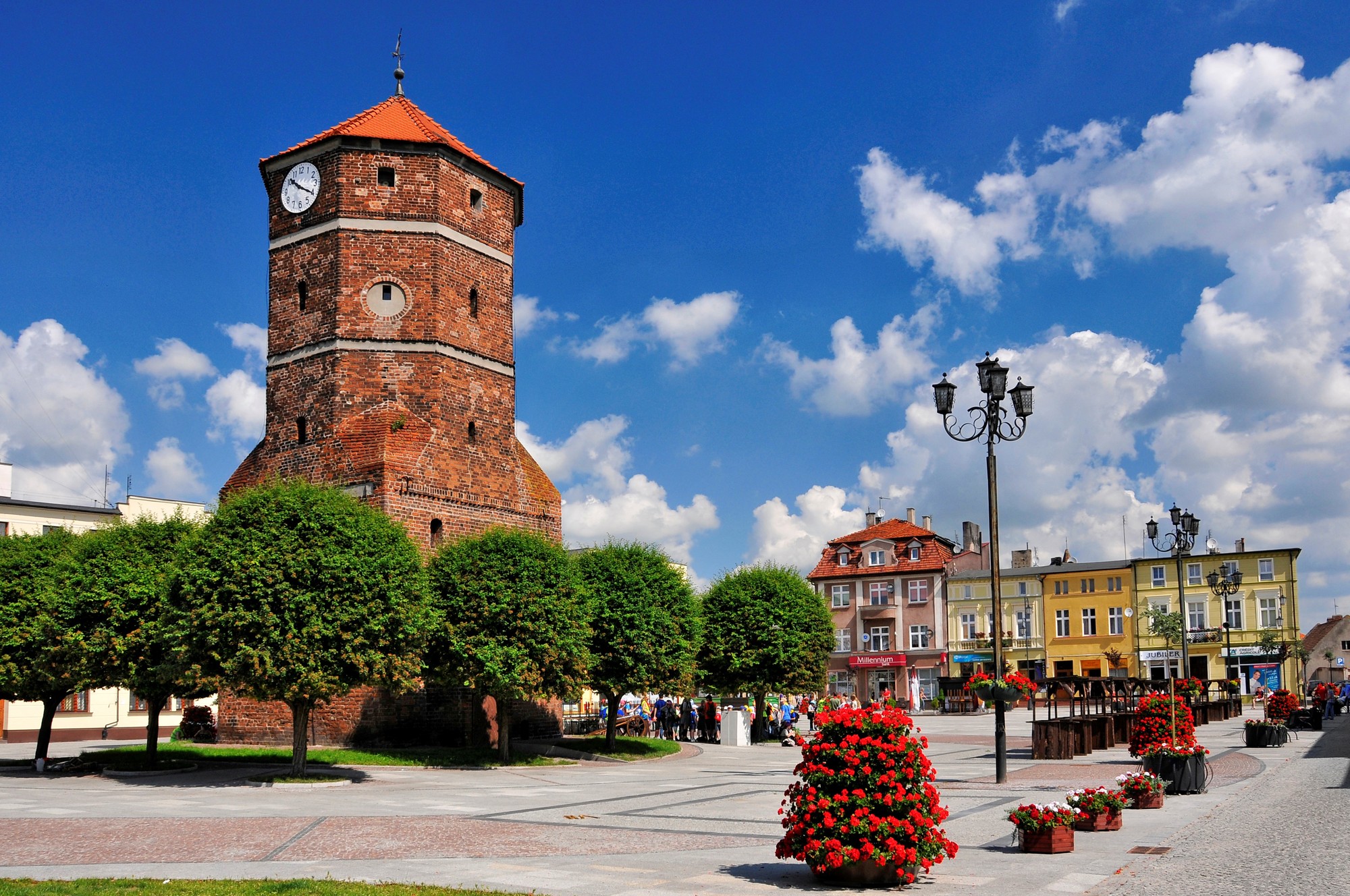


Comments